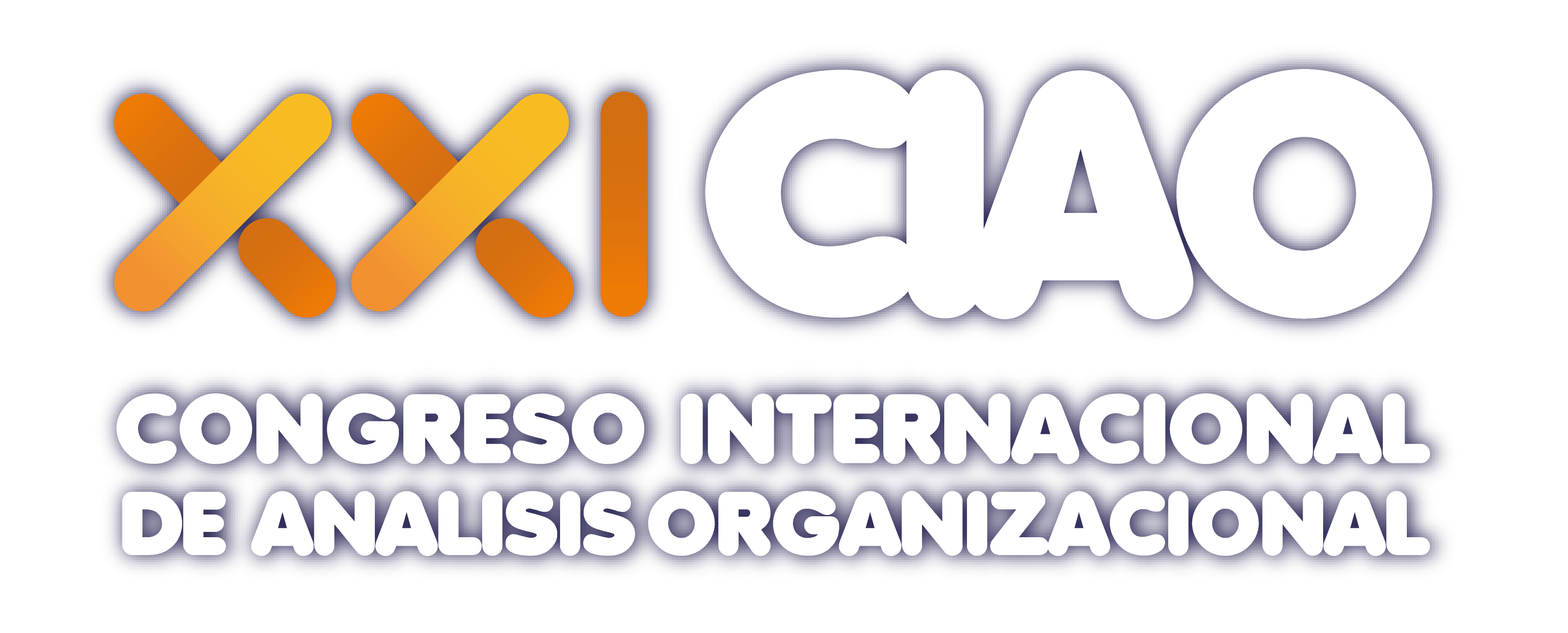Whoa! Ever notice how crypto wallets used to feel like some clunky puzzle you had to solve just to move your coins? Well, things are shifting fast—especially on the institutional side. The landscape’s no longer just about hodling or retail trades; it’s about seamless integration, real-time portfolio tracking, and tools that can handle serious volume without breaking a sweat.
At first glance, it seems like all wallets do the same thing, right? Store your crypto safely, send and receive tokens, maybe swap here and there. But when you zoom out and think about traders managing millions, or institutions juggling complex portfolios across multiple chains, the game changes drastically. Things get complicated fast. This is where advanced trading tools and portfolio tracking come into play, and honestly, they’re the backbone of serious crypto adoption.
Something felt off about most wallets—they lacked the kind of integration that institutions crave. I mean, sure, retail users can tolerate a few clicks and delays. But for big players? Speed, accuracy, and cross-platform compatibility aren’t just nice-to-haves; they’re deal breakers.
My instinct said the next wave would come from wallets that don’t just store assets but actively integrate with trading platforms and portfolio dashboards. And guess what? That’s exactly happening.
Here’s the thing. The okx wallet extension nails this integration perfectly. It’s not just about holding tokens; it’s about weaving together trading, portfolio management, and security into one slick package—and yeah, that matters a lot.

Okay, so check this out—portfolio tracking used to be a fragmented mess. You’d have to jump between exchanges, wallets, and third-party apps to get a full picture. This inefficiency isn’t just annoying; it’s risky. Missing a key price movement or overlooking a risky asset can cost millions. The okx wallet extension changes that by syncing your trading activity and asset holdings in real time. No more guesswork, no more toggling between tabs.
At first, I thought any wallet with a sleek UI would do the trick, but the reality is different. The devil’s in the details—things like API integration with exchanges, real-time price feeds, and customizable alerts make a huge difference. Institutions demand precision, and this setup delivers.
Seriously? Trading integration isn’t just about linking your wallet to an exchange. It’s about creating an ecosystem that supports complex strategies—think algorithmic trades, conditional orders, and multi-asset swaps. The okx wallet extension provides a gateway to all that, right from your browser, without the clunky middlemen.
What bugs me, though, is how many wallets promise integration but deliver half-baked features. It’s like buying a sports car with bicycle brakes—a total mismatch. The real winners are those who build robust, native connections to trading platforms and data sources, minimizing latency and maximizing security.
Why Institutional Tools Are Game-Changers
Institutions handle crypto differently. Their portfolios are diverse, sometimes spanning dozens of tokens and multiple blockchains. Managing this manually is a nightmare. The tools that support them need advanced analytics, risk assessment, and compliance features. That’s a tall order, but also an opportunity.
At one point, I figured institutions might just customize existing retail wallets. Actually, wait—let me rephrase that. I thought some big players would build their own internal tools. Turns out, using an integrated solution like the okx wallet extension is way more efficient. It combines security with ease of use and integrates directly with OKX’s broader ecosystem, which many institutions already trust.
On one hand, creating bespoke tools offers control. Though actually, it’s costly and slows down agility. Using a well-designed extension that bridges trading and portfolio tracking provides the flexibility without reinventing the wheel. This balance is crucial for staying competitive.
Hmm… I’m not 100% sure this will replace all internal systems, but it’s definitely pushing the needle on how institutions approach crypto management. The fact that it’s browser-based also means it’s instantly accessible—no heavy client installs, just smooth, fast interaction.
By the way, if you’re a trader or portfolio manager, give the okx wallet extension a look. It’s surprisingly straightforward but packs a punch with features that really matter in high-stakes environments.
Trading Integration: More Than Just Convenience
Trading has always been about timing and execution. In crypto, that’s amplified by volatile markets. The ability to execute trades quickly and accurately, directly from your wallet interface, is a huge advantage. The extension I’ve been testing lets you do exactly this, bridging the gap between custody and execution seamlessly.
Initially, I thought this was just a neat convenience feature, but it’s so much more. It reduces the attack surface for hackers since you don’t have to move assets around unnecessarily. Plus, it cuts down latency—every millisecond counts when prices swing wildly.
Really? Some wallets still force you to copy-paste addresses or switch apps just to trade. That’s so 2017. With proper integration, everything happens within the same environment, lowering friction and user error.
Also, the ability to track your trades alongside your portfolio performance in real time changes the game. You can see exactly how a trade impacts your net exposure instantly, which is crucial for risk management. The okx wallet extension’s dashboard does this intuitively, which surprised me—usually, these features are clunky.
Oh, and by the way, the extension supports multiple chains and token standards, so you’re not stuck in one silo. This cross-chain capacity is vital for institutions diversifying their holdings.
Wrapping My Head Around Portfolio Tracking
Portfolio tracking sounds simple, but it’s deceptively complex. Prices fluctuate, tokens fork, and sometimes your holdings get split across various smart contracts. Without a unified view, you’re flying blind.
Initially, I thought a spreadsheet or a third-party app could fill the gap. But no—those solutions lack real-time syncing and can’t execute trades directly. The integration within a wallet extension is a subtle but massive improvement.
One thing that bugs me, though, is how some trackers oversimplify valuations, ignoring fees or liquidity constraints. The okx wallet extension factors these in, which makes tracking more reliable. That’s a big deal when you’re managing large sums.
Lastly, the security aspect can’t be overstated. Keeping your portfolio data within a secure extension, rather than scattered across multiple apps, reduces your vulnerability to hacks or leaks.
Honestly, the more I explore this, the more I see how essential it is for serious crypto users to upgrade their toolkits. The days of juggling multiple platforms are numbered.
So yeah, if you want to stay ahead, I’d say check out the okx wallet extension. It’s not perfect, but it’s a solid step toward the future of institutional-grade crypto management.
Frequently Asked Questions
Is the okx wallet extension safe for institutional use?
While no system is 100% foolproof, the extension employs robust encryption and integrates with OKX’s secure ecosystem, making it suitable for institutional security standards.
Can I track multiple portfolios across different blockchains?
Yes, the extension supports cross-chain asset tracking, consolidating your holdings into one real-time dashboard for easier management.
Does trading integration mean I can execute trades without leaving the wallet?
Exactly. The wallet extension connects directly to trading platforms, allowing you to place orders and manage trades without switching apps.
